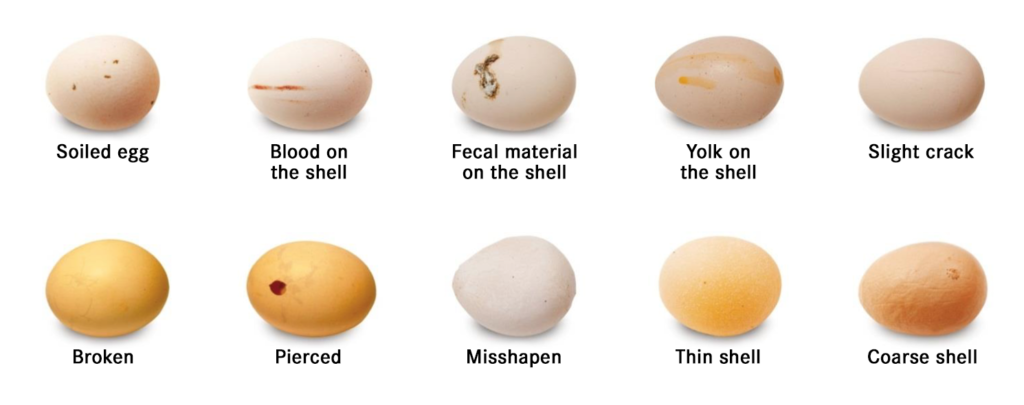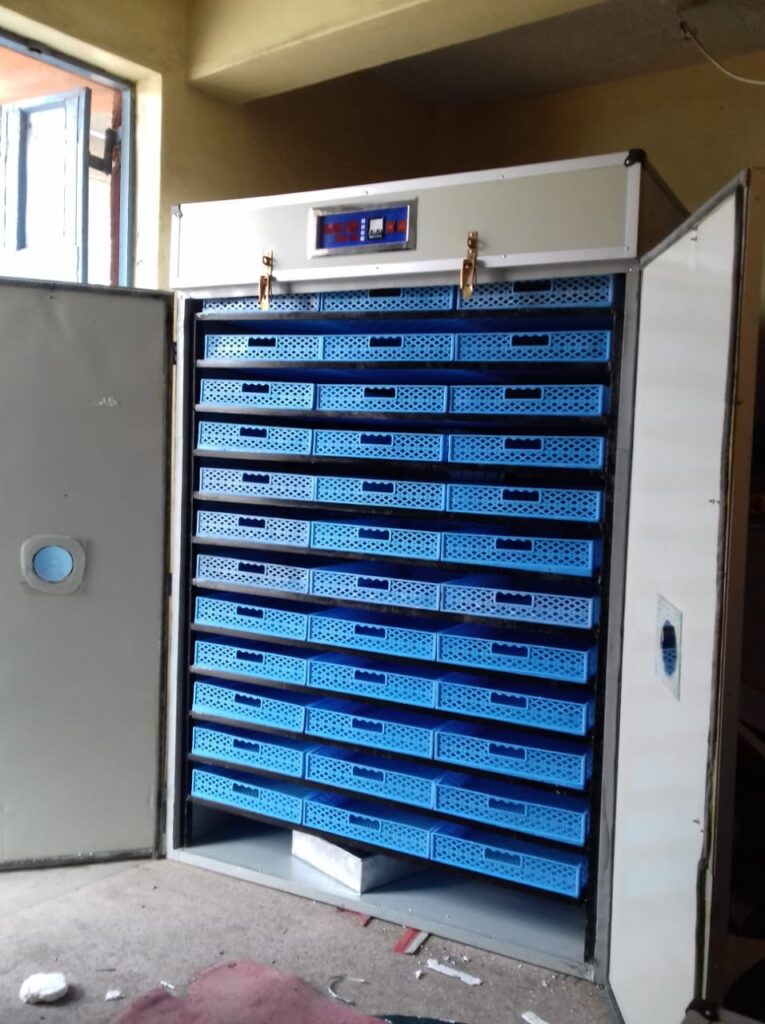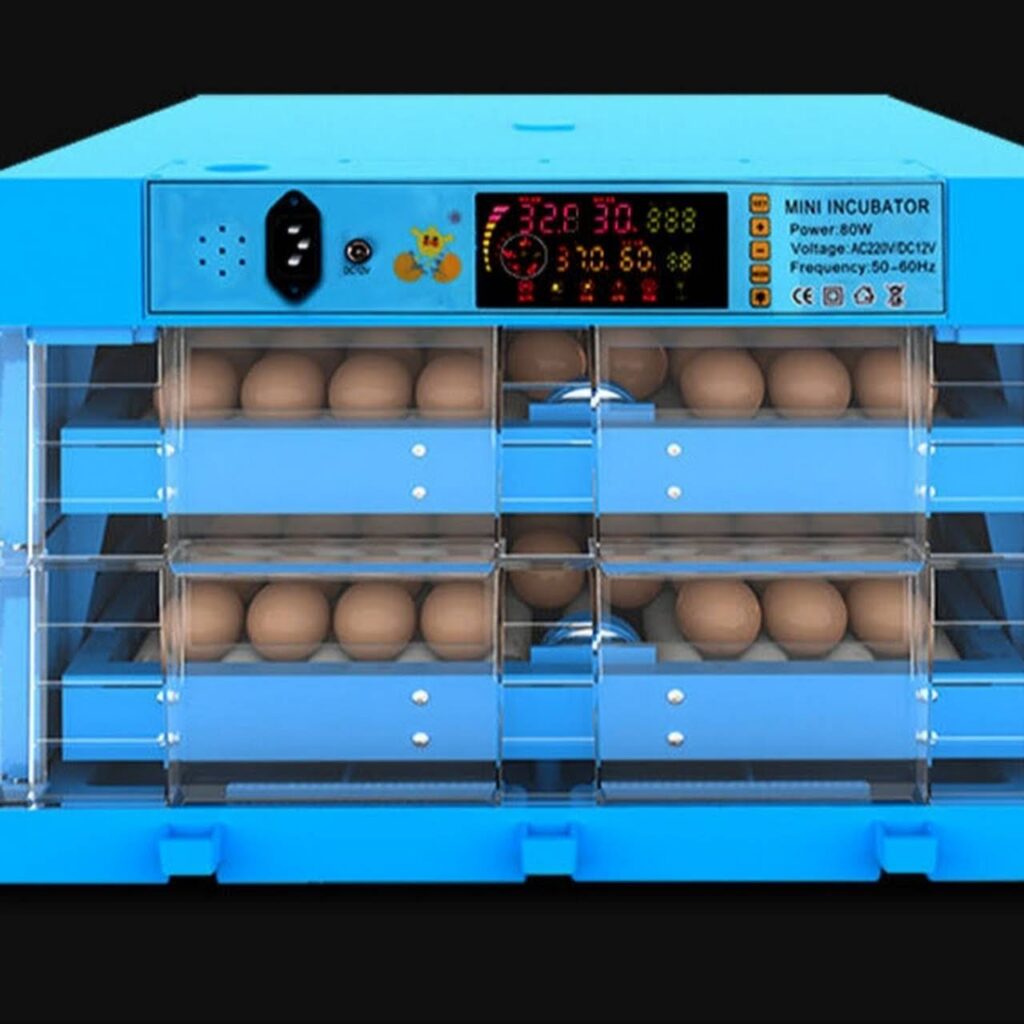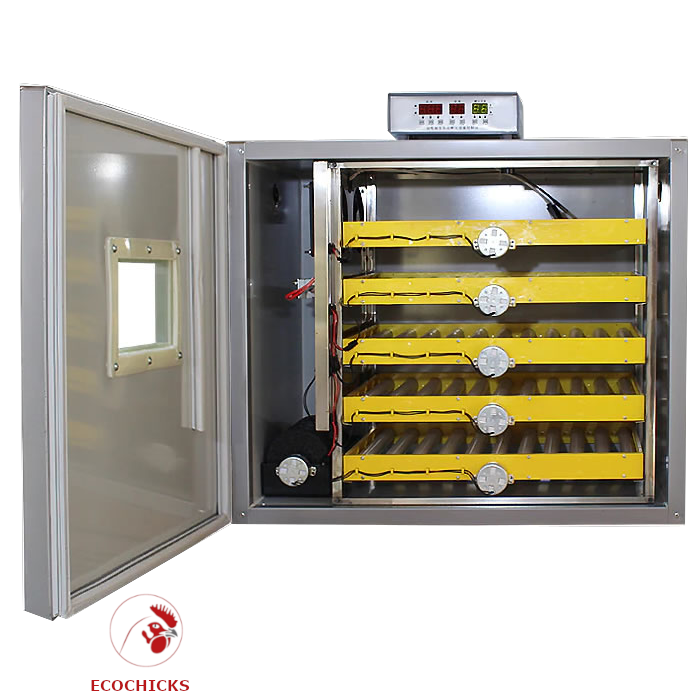Hatchery tray
A hatchery tray is a device used in an incubator to hold eggs during the hatching process. It typically consists of a flat, perforated surface with rows of wells or cups to hold the eggs in place. Here are some key features of a hatchery tray:
- Material: Hatchery trays can be made from a variety of materials, including plastic, metal, or wire mesh.
- Capacity: Hatchery trays come in different sizes, holding anywhere from 6 to over 100 eggs, depending on the incubator size and the egg size.
- Perforations: The wells or cups in the hatchery tray are typically perforated to allow air flow and to regulate temperature and humidity levels.
- Design: Some hatchery trays feature a sloped design, which helps the eggs to roll gently and encourages the embryos to settle in the proper position for hatching.
- Cleaning: Hatchery trays should be cleaned and sanitized regularly, especially between hatching cycles, to reduce the risk of disease transmission.
- Compatibility: Make sure to choose a hatchery tray that is compatible with your incubator model and meets your needs, including size and egg capacity.









